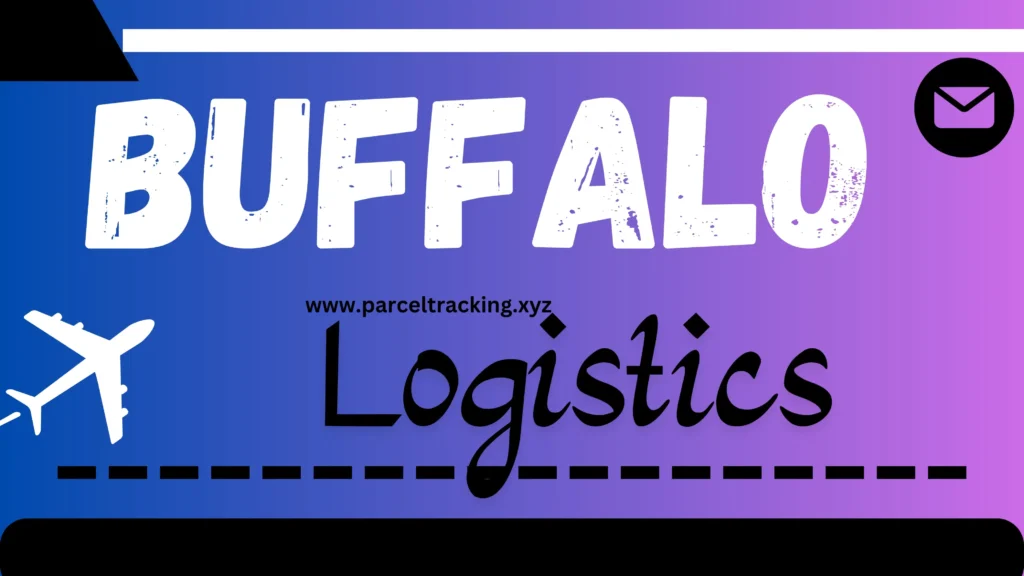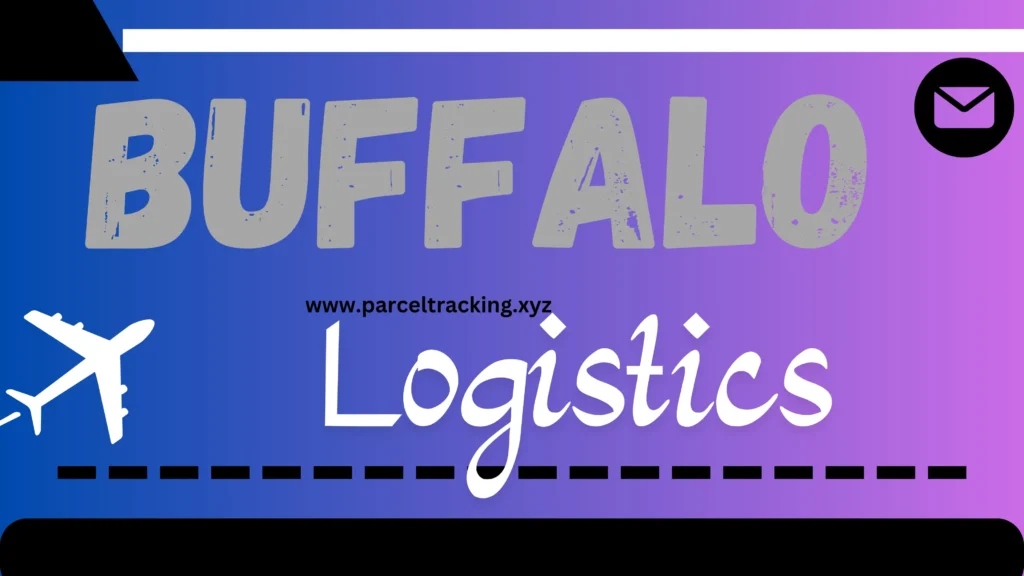Buffalo Logistics plays a vital role in the transportation and distribution networks of Western New York. Located strategically between the United States and Canada, Buffalo is a major hub for shipping, warehousing, and supply chain management. This comprehensive guide explores how Buffalo’s logistics industry operates, its importance to regional commerce, and its impact on international trade.
Historical Development of Buffalo’s Logistics Industry
The story of Buffalo’s transportation network begins with the Erie Canal in 1825. This waterway transformed Buffalo from a small frontier town into a bustling port city. The canal connected the Great Lakes to the Atlantic Ocean through New York’s Hudson River, making Buffalo a key transfer point for goods moving between the Midwest and East Coast.
As railroads grew in the late 1800s, Buffalo became an even more important transportation hub. The city’s location at the intersection of major rail lines and waterways created perfect conditions for logistics growth. Companies built large warehouses and grain elevators along the waterfront, many of which still stand today.
Geographic Advantages
Buffalo’s location offers several key benefits for logistics operations:
- Access to major highways like I-90 and I-190
- Proximity to the Canadian border
- Position on Lake Erie
- Connection to the St. Lawrence Seaway
- Access to multiple rail lines
These features make Buffalo an ideal spot for cross-border trade and multimodal transportation. Companies can easily move goods by truck, train, or ship, choosing the most cost-effective option for each shipment.
Modern Infrastructure
Road Transportation
The Buffalo Highway System connects to major markets across the northeastern United States and Canada. The Peace Bridge is a vital link for trucks crossing the border, handling over 1.2 million commercial vehicles each year. Modern warehouses and distribution centers line the major trucking routes, offering easy access for loading and unloading.
Rail Services
Buffalo’s rail network connects all major North American rail carriers. The city maintains several intermodal terminals where containers can transfer between trucks and trains. These facilities help companies save money by combining the flexibility of trucking with the efficiency of rail transport.
Air Freight
The Buffalo Niagara International Airport handles cargo flights to destinations across North America. While smaller than nearby hubs like Toronto or New York, the airport provides important air freight services for time-sensitive shipments and high-value goods.

Warehousing and Distribution
Modern logistics facilities in Buffalo offer:
- Climate-controlled storage
- Cross-docking capabilities
- Advanced inventory management systems
- Security monitoring
- Customs bonded warehousing
These warehouses serve both local businesses and national companies that need distribution points in the northeastern market. Many facilities specialize in handling specific goods, from food products to industrial equipment.
Technology Integration
Today’s Buffalo logistics companies use advanced technology to manage operations:
- Warehouse management systems
- Real-time tracking
- Automated sorting equipment
- Digital customs documentation
- Route optimization software
These tools help companies move goods more efficiently while providing better service to customers. The use of technology has made Buffalo’s logistics industry more competitive in the global market.
Cross-Border Operations
Buffalo’s role in international trade continues to grow. Companies choose Buffalo as a base for cross-border operations because:
- Experienced customs brokers are readily available
- Border crossing procedures are well-established
- Local workers understand both U.S. and Canadian regulations
- Storage facilities can handle goods waiting for customs clearance
This expertise in handling international shipments makes Buffalo valuable for companies doing business between the U.S. and Canada.
Environmental Considerations
Modern logistics operations in Buffalo focus on sustainability through:
- Energy-efficient warehouses
- Alternative fuel vehicles
- Reduced packaging waste
- Smart route planning to cut emissions
- Use of rail transport when possible
These efforts help companies meet environmental goals while often reducing costs through better efficiency.
Workforce Development
The logistics industry in Buffalo employs thousands of workers in various roles:
- Truck drivers
- Warehouse workers
- Freight handlers
- Customs specialists
- Supply chain managers
- Technology professionals
Local schools and training programs help prepare workers for these jobs, ensuring companies can find skilled employees as they grow.
Economic Impact
Buffalo’s logistics sector contributes significantly to the local economy:
- Creates jobs across skill levels
- Attracts investment from national companies
- Supports local manufacturers and retailers
- Generates tax revenue for local governments
- Encourages development of supporting businesses
The industry helps maintain Buffalo’s position as a regional economic center.

Future Growth
Several trends point to continued growth in Buffalo logistics:
- Increasing cross-border trade
- Growth in e-commerce
- Need for regional distribution centers
- Investment in infrastructure
- Development of new technology
These factors suggest Buffalo will remain an important logistics hub for years to come.
Challenges and Solutions
The industry faces some challenges:
- Weather impacts on transportation
- Border crossing delays
- Competition from other regions
- Infrastructure maintenance needs
- Worker recruitment and retention
However, companies continue to find innovative solutions to these issues through technology, training, and cooperation with local authorities.
Industry Support Services
A network of supporting businesses helps the logistics industry operate:
- Equipment maintenance providers
- Insurance companies
- Legal services
- Technology vendors
- Training organizations
These services make it easier for logistics companies to operate effectively in Buffalo.
Conclusion
Buffalo’s logistics industry combines historical strengths with modern capabilities to serve an essential role in regional and international trade. The city’s location, infrastructure, and workforce create competitive advantages for companies managing supply chains in the northeastern United States and Canada. As trade patterns continue to evolve, Buffalo’s logistics sector appears well-positioned for future growth and adaptation.
The success of Buffalo Logistics shows how a city can build on its geographic advantages and transportation heritage to create a modern industry that drives economic growth. Through continued investment in infrastructure, technology, and workforce development, Buffalo maintains its position as a key link in North American supply chains.
This comprehensive look at Buffalo logistics demonstrates the complexity and importance of modern supply chain management. From its historic roots to its future potential, the industry continues to evolve while maintaining its essential role in regional commerce.
Frequently Asked Questions About Buffalo Logistics
1. What makes Buffalo an important logistics hub?
Buffalo’s strategic location at the U.S.-Canadian border, combined with its access to major highways, railways, and waterways, makes it a crucial transportation hub. The city serves as a gateway between the U.S. and Canadian markets, offering excellent connectivity through the Peace Bridge, multiple interstate highways, and rail networks. Additionally, its position on Lake Erie provides valuable shipping access to other Great Lakes ports.
2. How does the weather affect logistics operations in Buffalo?
Buffalo experiences significant winter weather that can impact transportation services. However, the city has developed robust systems to handle these challenges. Local logistics companies maintain specialized equipment and implement comprehensive winter operation plans. They use advanced weather monitoring systems and maintain flexible scheduling to ensure reliable service even during challenging conditions.
3. What types of warehousing facilities are available in Buffalo?
Buffalo offers diverse warehousing options, including climate-controlled storage, customs-bonded warehouses, cross-docking facilities, and specialized storage for various industries. These facilities range from traditional warehouses to modern distribution centers equipped with advanced technology for inventory management and order fulfillment. Many locations offer both short-term and long-term storage solutions.
4. How does cross-border shipping work through Buffalo?
Cross-border shipping through Buffalo involves established procedures managed by experienced customs brokers and logistics professionals. Companies must prepare proper documentation, comply with both U.S. and Canadian regulations, and work with customs officials at designated crossing points. Many local logistics providers specialize in managing these processes efficiently to minimize delays.
5. What technology systems do Buffalo logistics companies use?
Modern logistics operations in Buffalo utilize advanced technology including warehouse management systems (WMS), transportation management systems (TMS), real-time tracking platforms, and automated sorting equipment. These systems help optimize operations, improve accuracy, and provide better visibility throughout the supply chain.
6. How does Buffalo support sustainable logistics practices?
The city promotes sustainable logistics through various initiatives. Many companies have adopted energy-efficient facilities, alternative fuel vehicles, and waste reduction programs. The city’s multimodal transportation options, including rail service, help reduce carbon emissions. Local authorities also offer incentives for implementing green logistics practices.
7. What job opportunities exist in Buffalo’s logistics sector?
The logistics industry offers diverse career opportunities, from entry-level positions to management roles. Common positions include warehouse workers, truck drivers, freight handlers, customs specialists, supply chain managers, and technology professionals. Local educational institutions provide relevant training programs to support workforce development.
8. How does Buffalo handle international trade compliance?
Buffalo has developed extensive expertise in international trade compliance. Local companies employ specialists familiar with both U.S. and Canadian regulations. They maintain relationships with customs authorities and stay updated on changing trade requirements. Many facilities are customs-bonded, allowing for efficient handling of international shipments.
9. What makes Buffalo competitive with other logistics hubs?
Buffalo’s competitive advantages include lower operating costs compared to larger cities, established infrastructure, an experienced workforce, and a strategic location. The city offers excellent access to major markets while maintaining more affordable real estate and labor costs. The strong local logistics community and supporting services also contribute to its competitiveness.
10. How is Buffalo’s logistics sector preparing for future growth?
The city is investing in infrastructure improvements, technology adoption, and workforce development to support future growth. Local authorities work with industry stakeholders to identify and address emerging needs. Plans include expanding digital infrastructure, upgrading transportation networks, and developing new logistics facilities to handle increasing trade volumes.
These FAQs reflect the most common inquiries about Buffalo’s logistics industry, highlighting its importance, capabilities, and future potential in the North American supply chain network.




This article spoke to me on a personal level; it hits all the right chords.
Your prose flows so seamlessly that I entirely forget of time when going through your blog.